Increased Defense Budgets
The Aerospace Helmet Mounted Display Market is significantly influenced by the increase in defense budgets across various nations. Governments are prioritizing modernization and technological upgrades for their military forces, which includes investing in advanced helmet-mounted display systems. For instance, defense spending in several countries has seen a notable rise, with some nations allocating over 2% of their GDP to military expenditures. This financial commitment is likely to bolster the demand for innovative helmet-mounted displays, as they are essential for enhancing pilot performance and mission success. Consequently, the Aerospace Helmet Mounted Display Market is poised for growth as military contracts and procurement processes expand.
Technological Advancements
The Aerospace Helmet Mounted Display Market is experiencing a surge in technological advancements, particularly in augmented reality (AR) and virtual reality (VR) applications. These innovations enhance situational awareness and provide pilots with critical information directly in their line of sight. The integration of advanced sensors and lightweight materials has led to the development of more efficient and user-friendly displays. As a result, the demand for sophisticated helmet-mounted displays is projected to grow, with estimates suggesting a compound annual growth rate (CAGR) of over 5% in the coming years. This trend indicates a shift towards more immersive and interactive experiences for pilots, thereby driving the Aerospace Helmet Mounted Display Market forward.
Rising Demand for Pilot Safety
The Aerospace Helmet Mounted Display Market is driven by an increasing emphasis on pilot safety and operational efficiency. As aviation incidents continue to raise concerns, there is a growing recognition of the need for advanced safety systems that can provide real-time data and alerts to pilots. Helmet-mounted displays play a crucial role in this context, offering vital information such as altitude, speed, and navigation directly in the pilot's field of vision. This focus on safety is reflected in market trends, with projections indicating a steady increase in the adoption of helmet-mounted displays in both military and civilian aviation sectors. The Aerospace Helmet Mounted Display Market is thus likely to benefit from this heightened awareness and demand for enhanced safety measures.
Emerging Markets and Military Modernization
The Aerospace Helmet Mounted Display Market is witnessing growth due to military modernization efforts in emerging markets. Countries that are enhancing their defense capabilities are increasingly investing in advanced technologies, including helmet-mounted displays. This trend is particularly evident in regions where military forces are transitioning from legacy systems to more sophisticated solutions. The potential for growth in these markets is substantial, as governments seek to improve their operational readiness and effectiveness. As a result, the Aerospace Helmet Mounted Display Market is expected to expand, driven by the influx of new contracts and partnerships aimed at developing cutting-edge display technologies.
Integration with Unmanned Aerial Vehicles (UAVs)
The Aerospace Helmet Mounted Display Market is also being propelled by the integration of helmet-mounted displays with unmanned aerial vehicles (UAVs). As UAV technology continues to evolve, there is a growing need for pilots to maintain situational awareness while operating these systems. Helmet-mounted displays provide a seamless interface for pilots to control UAVs and receive critical data in real-time. This integration is likely to enhance operational capabilities and efficiency, making it a key driver for the Aerospace Helmet Mounted Display Market. The increasing reliance on UAVs in both military and civilian applications suggests a promising future for helmet-mounted display technologies.
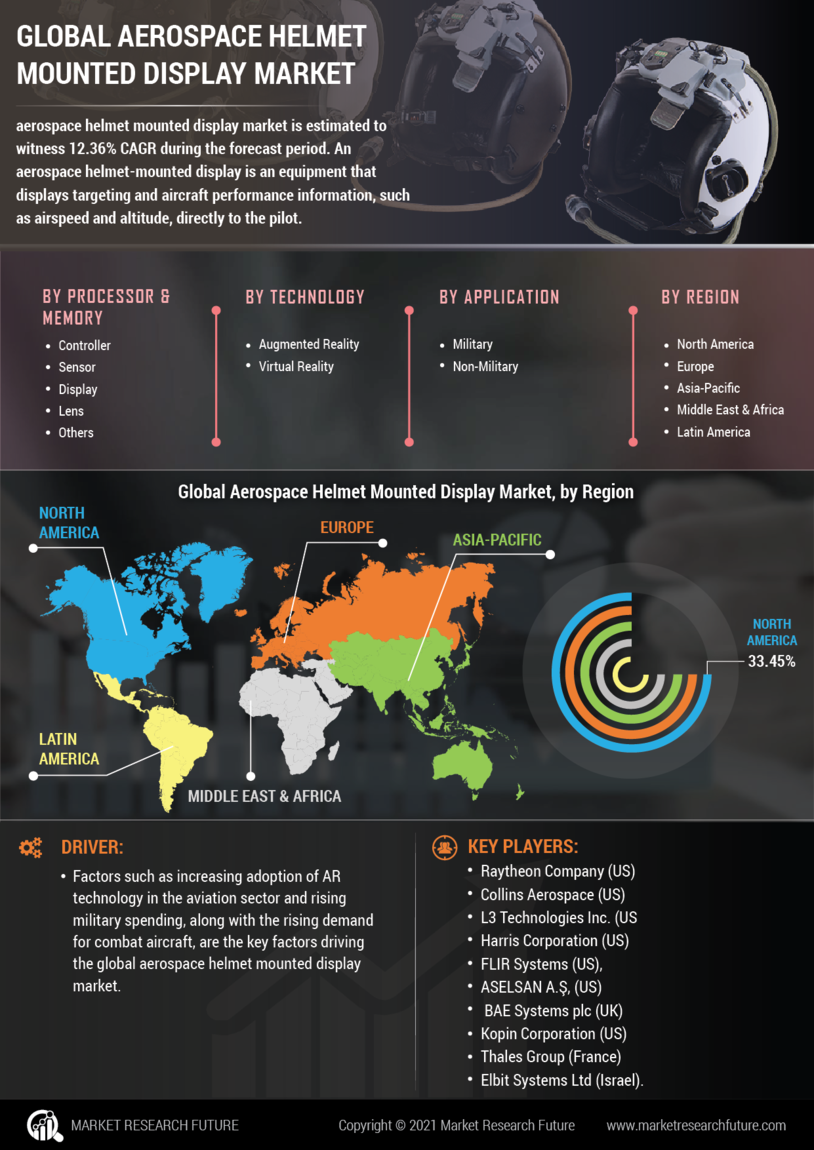

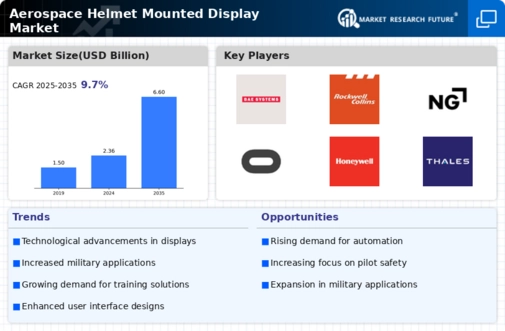
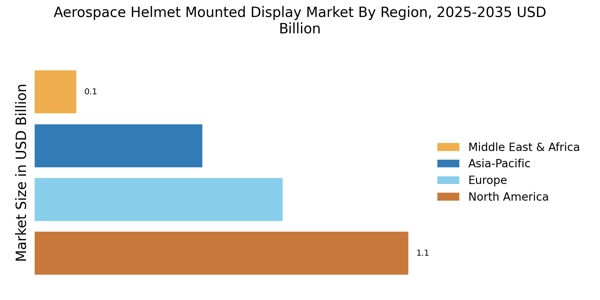

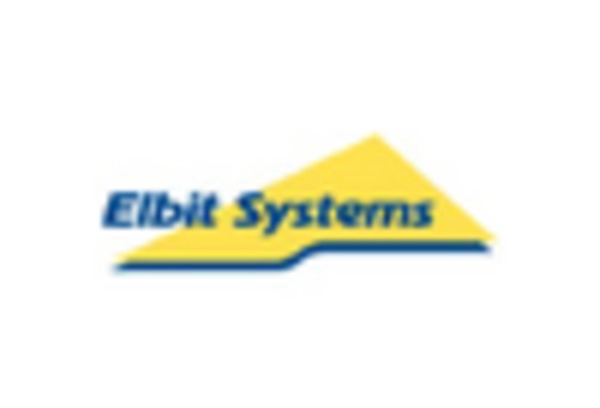


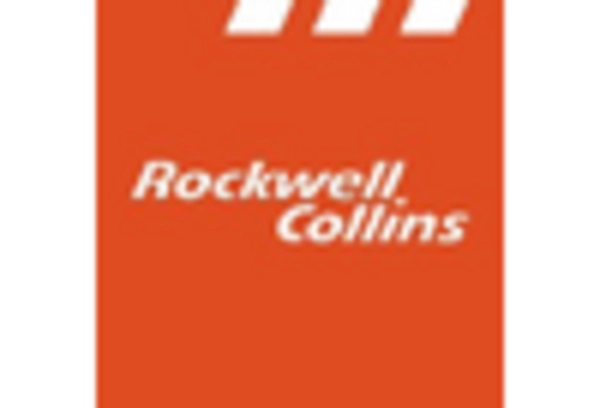









Leave a Comment